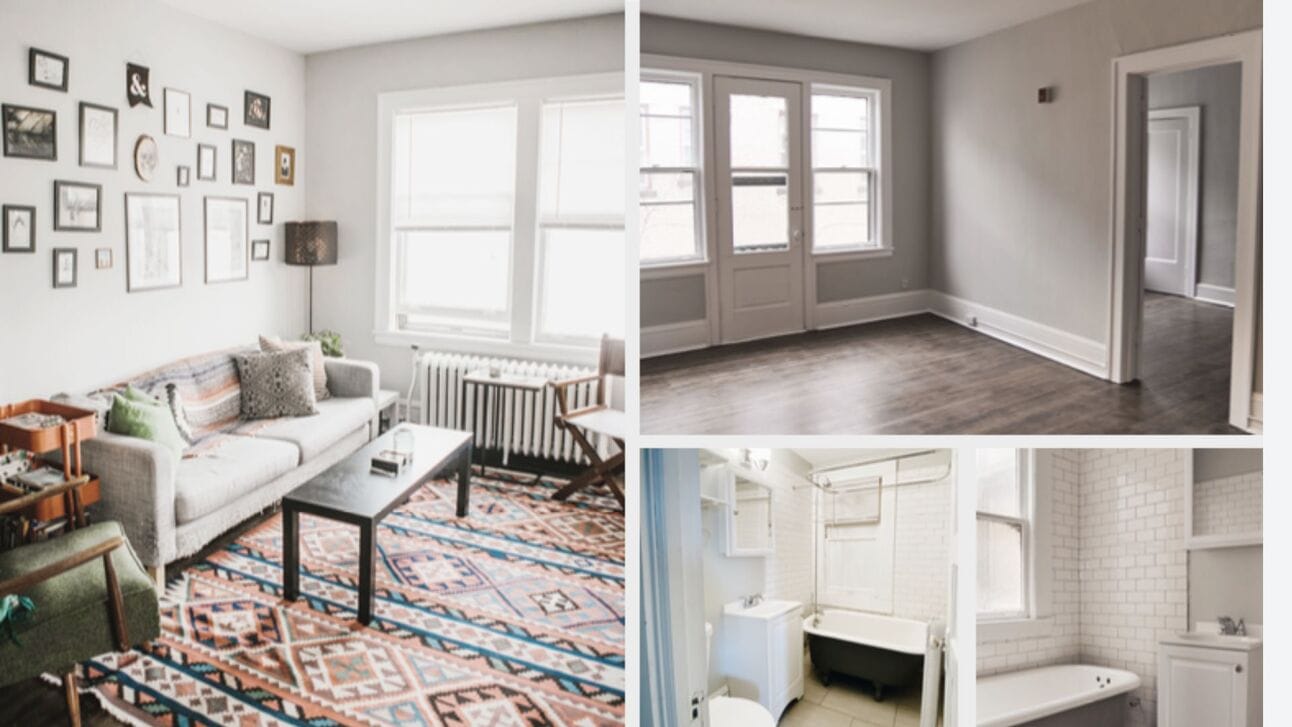- The BLVD Distribution
- Posts
- What’s the Deal with Depreciation?
What’s the Deal with Depreciation?
The BLVD Distribution
Depreciation is the gradual reduction in the value of an asset over time. It serves as a significant tax advantage, and for many is the primary reason to own and invest in real estate. Before we dive in it's important to note that the impact of depreciation on one's tax situation can vary based on individual circumstances. To gain a comprehensive understanding of how this factor influences your overall tax strategy, it is advisable to consult with a certified public accountant (CPA). They can provide tailored advice and insights that align with your specific financial situation.
Before we dive in. We will be doing a cost segregation study and utilizing bonus depreciation on our latest investment offering.
We still have still have room for investors. View the Webinar using the link below. We plan to fund this deal in a couple of weeks so make sure to make your soft commitment ASAP!
This is a 506C open to accredited investors only.

Depreciation
When acquiring real estate, the building (excluding the land) is considered a depreciable asset. In residential real estate, this building depreciation occurs over a 27.5-year timeline. Essentially, the IRS projects that, within this period, the building's value will be reduced to zero. Although this depreciation doesn't translate to a cash loss, it becomes a paper loss that investors can record on their tax documents. This recorded loss may then offset gains from other income sources. When strategically applied, depreciation becomes a potent tool for investors.
Example:
We acquire a $3 million property, excluding the land's value (typically 20-30% of the overall value), and we are left with approximately $2.1 million in building worth. When depreciated over 27.5 years, we have an annual depreciation amount of just over $76,000. This depreciation amount is then split up per the ownership percentage in the deal. So, if you as an investor own 10% of the deal, you will receive $7,600 in annual depreciation. As long as your annual cash flows don't surpass this depreciation amount, you won't incur taxable gains on those cash flows. It may offset other real estate cash flows as well.
All of this is reported in a document called the K1, which we will provide to you on an annual basis. Simply take that K1 to your tax professional so that they can apply the losses accordingly.
Cost Segregation & Bonus Depreciation
Completing a cost segregation study allows property owners to capitalize on bonus depreciation. Instead of waiting for decades to realize deductions, the property is dissected into components called segregated assets. These assets include carpet, appliances, plumbing, and landscaping just to name a few. Each asset is assigned a shorter depreciation period through the cost segregation study. This approach, integrated into our deals when appropriate, enhances tax savings, particularly in the initial years of ownership. By depreciating different elements within the building on varying timelines—some as short as 5 years—it significantly amplifies the annual reported losses. In our example, this could substantially increase the $7,600 annual loss.
Bonus depreciation emerged in 2017 as part of the Tax Cuts and Jobs Act, initially offering a healthy 100% bonus. This meant that, in the year an asset was acquired, businesses could deduct all the segregated assets from their taxable income in the first year. However, this generous provision was designed to gradually phase out over time. By 2024, the bonus allowance will be reduced to 60%, with a planned annual reduction of 20% until 2027, as outlined in the current legal framework. Despite the phased reduction, the introduction of bonus depreciation has notably increased the amount of depreciation that businesses can claim during the early stages of a project's life, providing a valuable tax incentive for capital investments.
It's crucial to note that depreciation benefits can be carried forward. So, if you can't utilize all the losses in a given year, you have the flexibility to use them in subsequent years. This creates an advantageous scenario, ensuring that no potential tax benefits go unrealized.

Interior photos of our property on Eat Street in Minneapolis
Depreciation Recapture
Depreciation recapture is the IRS's way of ensuring there's no free lunch. Essentially, it involves the IRS collecting taxes on any financial gain a taxpayer earns from selling an asset, particularly when depreciation deductions have been previously claimed on that asset. To navigate this, strategic planning becomes crucial. One effective strategy is to reinvest the gains from the sale into a new asset, initiating the depreciation process anew. Alternatively, employing a 1031 exchange provides an avenue for deferring taxes by transitioning the proceeds into another qualifying asset, helping to minimize the immediate impact of depreciation recapture on your taxable income.
Conclusion
Through the gradual reduction in building value and strategic approaches like cost segregation and bonus depreciation, investors can optimize their tax positions. The evolving landscape of bonus depreciation, with a phased reduction, highlights the importance of staying current with the legal framework. The flexibility to carry forward depreciation benefits allows investors to capitalize on advantages over time. Furthermore, potential depreciation recapture emphasizes the need for strategic planning, offering insights into reinvesting gains or employing a 1031 exchange.
Utilizing the tax code to your advantage is simply a matter of assembling the right team to help you implement it. Your CPA is a great starting point, and when you're ready to join us as an investor in a deal and leverage depreciation to your advantage, please get in touch!
Thank you for reading and your interest in BLVD Ventures. We look forward to having you follow along. Feel free to reach out anytime with questions and connect with us further using the button below.

